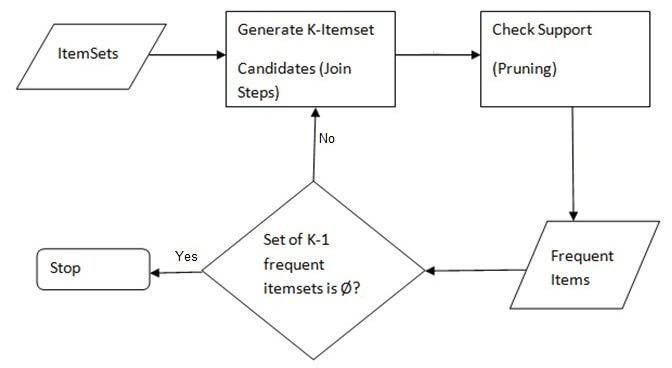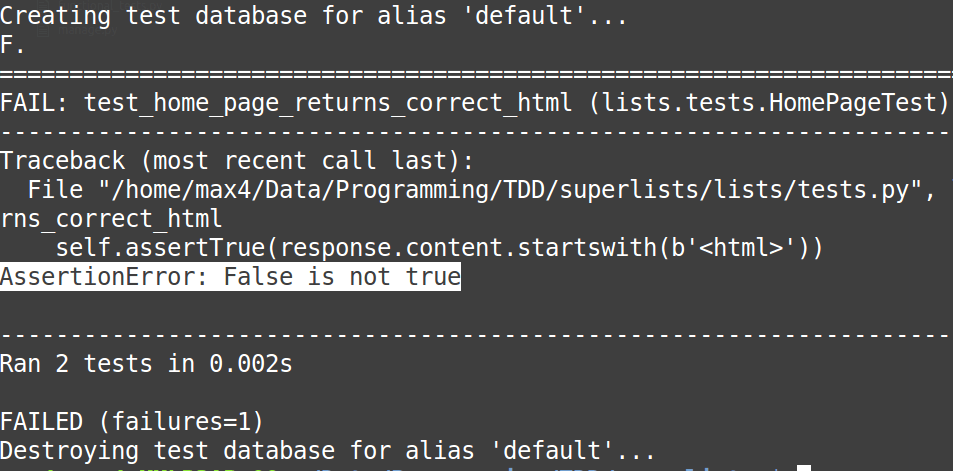Layoffs in the IT industry are becoming more widespread as companies fight to remain competitive in a fast-changing market; many turn to layoffs as a cost-cutting measure. Last year, 1,000 companies including big tech giants and startups, laid off over two lakhs of employees. But first, what are layoffs in the tech business, and how do they impact the industry?
Tech layoffs are the termination of employment for some employees by a technology company. It might happen for various reasons, including financial challenges, market conditions, firm reorganization, or the after-effects of a pandemic. While layoffs are not unique to the IT industry, they are becoming more common as companies look for methods to cut costs while remaining competitive.
The consequences of layoffs in technology may be catastrophic for employees who lose their jobs and the firms forced to make these difficult decisions. Layoffs can result in the loss of skill and expertise and a drop in employee morale and productivity. However, they may be required for businesses to stay afloat in a fast-changing market.
This article will examine the reasons for layoffs in the technology industry, their influence on the industry, and what may be done to reduce their negative impacts. We will also look at the various methods for tracking tech layoffs.
What are tech layoffs?
The term "tech layoff" describes the termination of employees by an organization in the technology industry. A company might do this as part of a restructuring during hard economic times.
In recent times, the tech industry has witnessed a wave of significant layoffs, affecting some of the world’s leading technology companies, including Amazon, Microsoft, Meta (formerly Facebook), Apple, Cisco, SAP, and Sony. These layoffs are a reflection of the broader economic challenges and market adjustments facing the sector, including factors like slowing revenue growth, global economic uncertainties, and the need to streamline operations for efficiency.
Each of these tech giants has announced job cuts for various reasons, though common themes include restructuring efforts to stay competitive and agile, responding to over-hiring during the pandemic when demand for tech services surged, and preparing for a potentially tough economic climate ahead. Despite their dominant positions in the market, these companies are not immune to the economic cycles and technological shifts that influence operational and strategic decisions, including workforce adjustments.
This trend of layoffs in the tech industry underscores the volatile nature of the tech sector, which is often at the mercy of rapid changes in technology, consumer preferences, and the global economy. It also highlights the importance of adaptability and resilience for companies and employees alike in navigating the uncertainties of the tech landscape.
Causes for layoffs in the tech industry
Why are tech employees suffering so much?
Yes, the market is always uncertain, but why resort to tech layoffs?
Various factors cause tech layoffs, including company strategy changes, market shifts, or financial difficulties. Companies may lay off employees if they need help to generate revenue, shift their focus to new products or services, or automate certain jobs.
In addition, some common reasons could be:
Financial struggles
Currently, the state of the global market is uncertain due to economic recession, ongoing war, and other related phenomena. If a company is experiencing financial difficulties, only sticking to pay cuts may not be helpful—it may need to reduce its workforce to cut costs.
Also, read: 6 Steps To Create A Detailed Recruiting Budget (Template Included)
Changes in demand
The tech industry is constantly evolving, and companies would have to adjust their workforce to meet changing market conditions. For instance, companies are adopting remote work culture, which surely affects on-premises activity, and companies could do away with some number of tech employees at the backend.
Restructuring
Companies may also lay off employees as part of a greater restructuring effort, such as spinning off a division or consolidating operations.
Automation
With the advancement in technology and automation, some jobs previously done by human labor may be replaced by machines, resulting in layoffs.
Mergers and acquisitions
When two companies merge, there is often overlap in their operations, leading to layoffs as the new company looks to streamline its workforce.
But it's worth noting that layoffs are not exclusive to the tech industry and can happen in any industry due to uncertainty in the market.
Will layoffs increase in 2024?
It is challenging to estimate the rise or fall of layoffs. The overall state of the economy, the health of certain industries, and the performance of individual companies will play a role in deciding the degree of layoffs in any given year.
But it is also seen that, in the first 15 days of this year, 91 organizations laid off over 24,000 tech workers, and over 1,000 corporations cut down more than 150,000 workers in 2022, according to an Economic Times article.
The COVID-19 pandemic caused a huge economic slowdown and forced several businesses to downsize their employees. However, some businesses rehired or expanded their personnel when the world began to recover.
So, given the current level of economic uncertainty, predicting how the situation will unfold is difficult.
Also, read: 4 Images That Show What Developers Think Of Layoffs In Tech
What types of companies are prone to tech layoffs?

Tech layoffs can occur in organizations of all sizes and various areas.
Following are some examples of companies that have experienced tech layoffs in the past:
Large tech firms
Companies such as IBM, Microsoft, Twitter, Better.com, Alibaba, and HP have all experienced layoffs in recent years as part of restructuring initiatives or cost-cutting measures.
Market scenarios are still being determined after Elon Musk's decision to lay off employees. Along with tech giants, some smaller companies and startups have also been affected by layoffs.
Startups
Because they frequently work with limited resources, startups may be forced to lay off staff if they cannot get further funding or need to pivot due to market downfall.
Small and medium-sized businesses
Small and medium-sized businesses face layoffs due to high competition or if the products/services they offer are no longer in demand.
Companies in certain industries
Some sectors of the technological industry, such as the semiconductor industry or automotive industry, may be more prone to layoffs than others.
Companies that lean on government funding
Companies that rely significantly on government contracts may face layoffs if the government cuts technology spending or contracts are not renewed.
How to track tech layoffs?
You can’t stop tech company layoffs, but you should be keeping track of them. We, HR professionals and recruiters, can also lend a helping hand in these tough times by circulating “layoff lists” across social media sites like LinkedIn and Twitter to help people land jobs quicker. Firefish Software put together a master list of sources to find fresh talent during the layoff period.
Because not all layoffs are publicly disclosed, tracking tech industry layoffs can be challenging, and some may go undetected. There are several ways to keep track of tech industry layoffs:
Use tech layoffs tracker
Layoff trackers like thelayoff.com and layoffs.fyi provide up-to-date information on layoffs.
In addition, they aid in identifying trends in layoffs within the tech industry. It can reveal which industries are seeing the most layoffs and which companies are the most affected.
Companies can use layoff trackers as an early warning system and compare their performance to that of other companies in their field.
News articles
Because many news sites cover tech layoffs as they happen, keeping a watch on technology sector stories can provide insight into which organizations are laying off employees and how many individuals have been affected.
Social media
Organizations and employees frequently publish information about layoffs in tech on social media platforms; thus, monitoring companies' social media accounts or following key hashtags can provide real-time updates regarding layoffs.
Online forums and communities
There are online forums and communities dedicated to discussing tech industry news, and they can be an excellent source of layoff information.
Government reports
Government agencies such as the Bureau of Labor Statistics (BLS) publish data on layoffs and unemployment, which can provide a more comprehensive picture of the technology industry's status.
How do companies reduce tech layoffs?
Layoffs in tech are hard – for the employee who is losing their job, the recruiter or HR professional who is tasked with informing them, and the company itself. So, how can we aim to avoid layoffs? Here are some ways to minimize resorting to letting people go:
Salary reductions
Instead of laying off employees, businesses can lower the salaries or wages of all employees. It can be accomplished by instituting compensation cuts or salary freezes.
Implementing a hiring freeze
Businesses can halt employing new personnel to cut costs. It can be a short-term solution until the company's financial situation improves.
Also, read: What Recruiters Can Focus On During A Tech Hiring Freeze
Non-essential expense reduction
Businesses might search for ways to cut or remove non-essential expenses such as travel, training, and office expenses.
Reducing working hours
Companies can reduce employee working hours to save money, such as implementing a four-day workweek or a shorter workday.
These options may not always be viable and may have their problems, but before laying off, a company owes it to its people to consider every other alternative, and formulate the best solution.
Tech layoffs to bleed into this year
While we do not know whether this trend will continue or subside during 2023, we do know one thing. We have to be prepared for a wave of layoffs that is still yet to hit. As of last month, Layoffs.fyi had already tracked 170+ companies conducting 55,970 layoffs in 2023.
So recruiters, let’s join arms, distribute those layoff lists like there’s no tomorrow, and help all those in need of a job! :)



















































